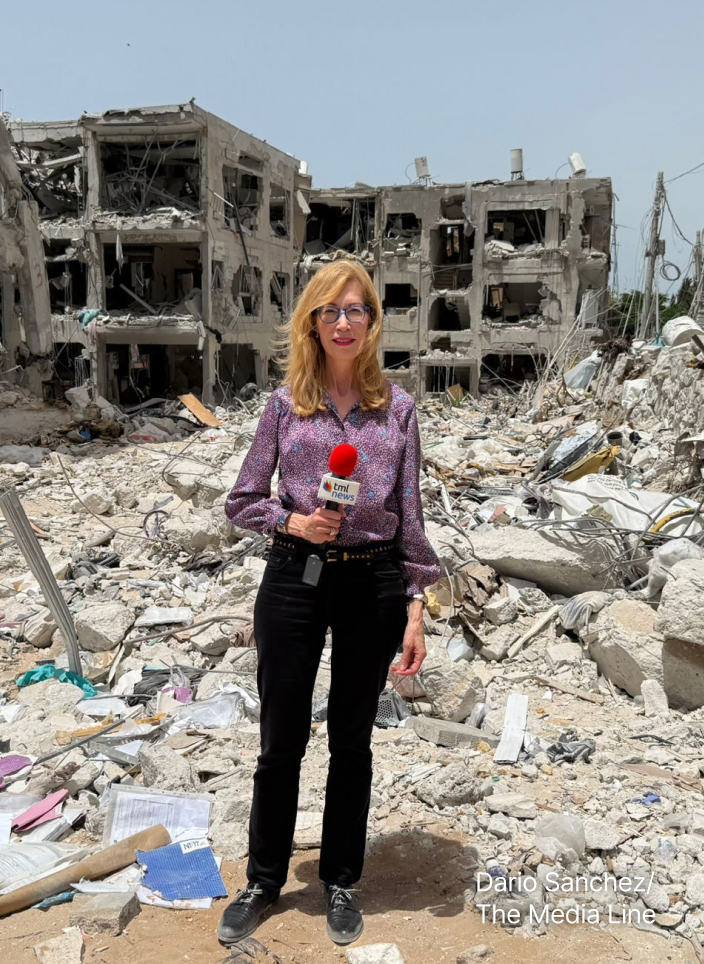Egypt’s Government Plans To Turn Nile Agricultural Island Into Manhattan-style Neighborhood
The Horus City project on Warraq Island is an attempt to stimulate Egypt’s economy
The Egyptian government has published a plan to build a world trade center on Al-Warraq Island in the Nile River. But not everyone is happy about the idea.
The plan published last month by Egypt’s official State Information Service (SIS), described the Horus City project, as: “A city and a world trade center on Egyptian soil, comparable to the most prominent trade centers around the world.” Horus is the ancient Egyptian sun god, represented as having the head of a hawk.
The over $900 million project, said to be part of a master plan to eliminate unorganized communities and slums, will build eight investment areas, a commercial area, a distinct housing area made up of residential towers, a central park, green area, two marinas, a tourist river front, a cultural area and a tourist corniche on the island’s 1,516 acres, or 6.36 square kilometers.
Residents of Al-Warraq Island are unhappy with the project, which requires the demolition of homes and the destruction of agricultural fields for the construction of Horus City.
Protests erupted on the island against the project on Monday, leading Egyptian security forces to violently disperse the demonstrations, and detain seven people. The protests came after authorities arrived on the island to measure some residential buildings in the Hawd al-Qalamiyeh area, which is set for demolition.
Al-Warraq Island, with a population of about 90,000, is located in the Nile River in the Giza governorate and is reachable only by ferry. A 1998 degree declared Al-Warraq and 143 other Nile islands as nature reserves and limited residence on them. But in 2017, the government pivoted and declared that it would expropriate Al-Warraq for public use, and began to demolish some houses. An official decree in July reversed the status of Al-Warraq and 16 other islands as natural protectorates.
Hazem Salem Al Dmour, general manager at the Amman-based think tank STRATEGIECS, told The Media Line that the Egyptian government seeks to take advantage of the unique location of the island to transform it into a promising economic zone.
He emphasized that Al-Warraq is one of Egypt’s largest islands, and it is bordered by three governorates: Qalibiya, Cairo and Giza.
Give the gift of hope
We practice what we preach:
accurate, fearless journalism. But we can't do it alone.
- On the ground in Gaza, Syria, Israel, Egypt, Pakistan, and more
- Our program trained more than 100 journalists
- Calling out fake news and reporting real facts
- On the ground in Gaza, Syria, Israel, Egypt, Pakistan, and more
- Our program trained more than 100 journalists
- Calling out fake news and reporting real facts
Join us.
Support The Media Line. Save democracy.


Al Dmour noted that, since 2013, the Egyptian government has focused on two main drivers to stimulate its economy: urban growth and financial stability.
The first, said Al Dmour, “includes infrastructure development and construction of giant urban projects that will lead and drive to the second, the country’s move toward financing its infrastructure projects which is expected to make Cairo an attractive city for investments, to increase exports and reduce sovereign borrowing,” he said.
Al Dmour noted that recent years have seen several giant development projects in Egypt.
The Warraq Island development project’s cost is 17.5 billion Egyptian pounds, or about $913 million. According to the government’s report, the feasibility study of the project estimated the total revenue of the project at 122.54 billion Egyptian pounds, or about $6 billion, with an annual income of 20.4 billion Egyptian pounds, about $1 billion, for 25 years.
The island development project, added Al Dmour, serves the Egyptian economy across three main areas.
To begin with, he said, it is intended to become a world trade center, with global standards, and with towers and housing units, which includes integrated health, education and leisure services. In addition, it will serve the Egyptian economy through the promotion and creation of investment opportunities with high financial returns.
Al Dmour believes that the current global economic situation could affect the revenue expectations. “The project’s returns cannot be overemphasized, especially as we witness a compelling global economic situation that makes uncertainty dominant,” he said.
Mohamed Abobakr, an Egyptian economist and research analyst, told The Media Line that the government has been implementing similar projects in different places in greater Cairo, such as the downtown Maspero district.
The island development project faces major problems.
The most serious, according to Al Dmour, is that since the year 2000 there has been a crisis between the population of the island and successive Egyptian governments, which has led to clashes between residents and security services including the police and the army.
The cost of the project could also represent a problem. Al Dmour said.
The cost to implement the project amounts to 17.5 billion Egyptian pounds, or about $913 million; in addition, the government has to provide compensation for each acre of agricultural land and for homes, as well providing alternative housing to the residents of the island.
Finally, there is a legal problem. “The island’s residents obtained a court ruling in 2002 that they were entitled to their lands,” Al Dmour noted.
Abobakr believes that the project ultimately will be implemented, but that the government will face some resistance and enter into many negotiations with the island’s inhabitants.

